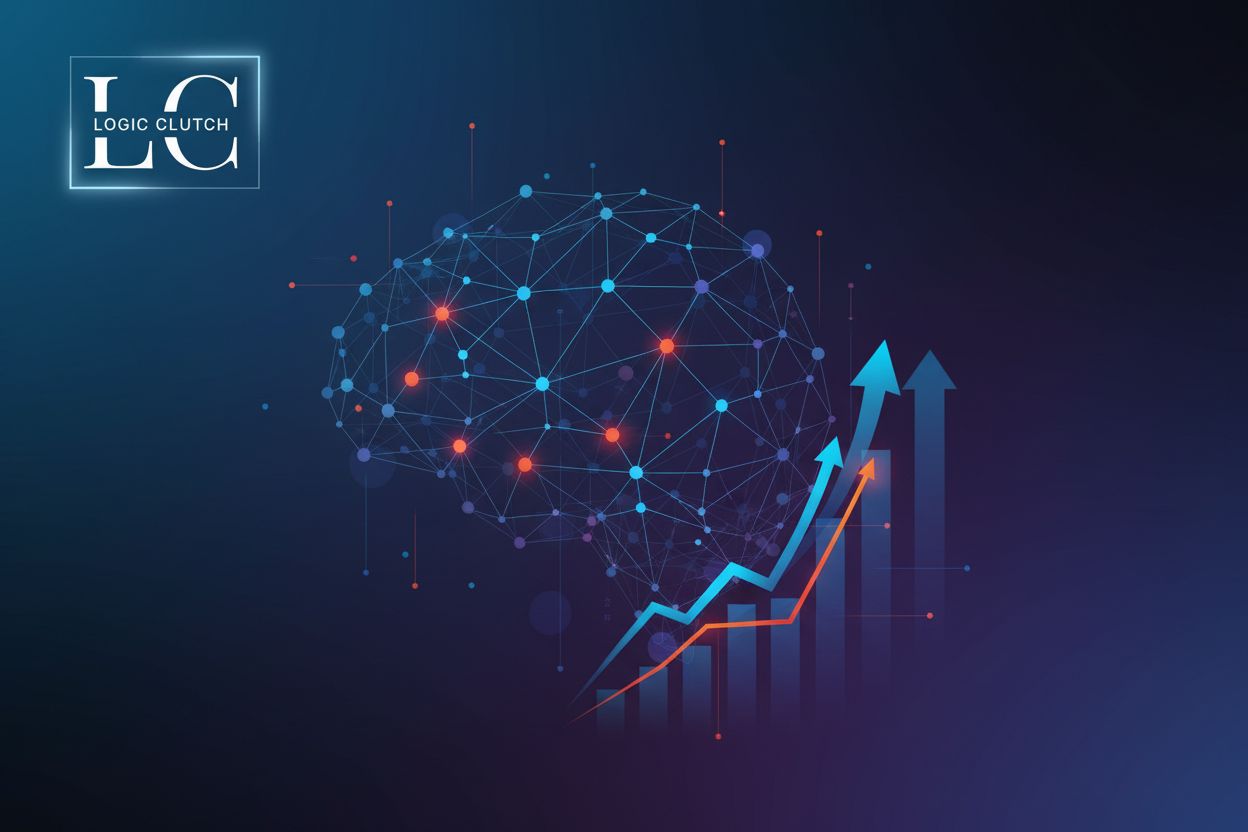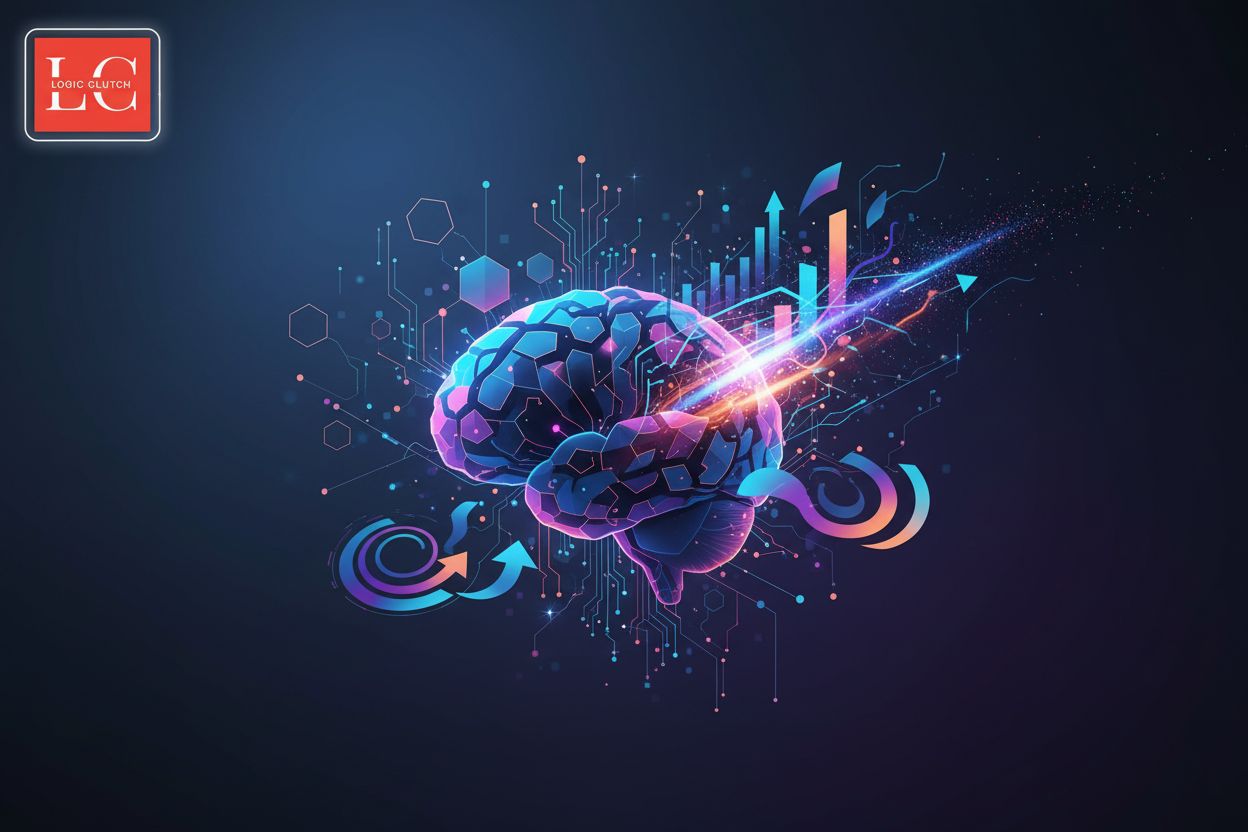Generative AI Powered CRM Strategies
TL;DR
Introduction: The Generative AI Revolution in CRM
Okay, let's dive into this generative ai thing – it's kinda a big deal. Did you know some experts think it could add trillions to the global economy? (A new look at the economics of AI | MIT Sloan) Coursera
Here's the gist:
- It's ai that creates stuff, not just analyzes it. Think text, images, code, whatever.
- This tech could seriously shake up crm systems, like salesforce.
- We're talking a shift from old-school ai, which often relied on rule-based systems or basic predictive analytics, to something way more…creative.
So, instead of just predicting customer behavior, generative ai can write personalized emails or even design targeted ads. Kinda wild, right? Let's dig deeper in the next section, shall we?
Key Applications of Generative AI in Salesforce CRM
Okay, so you're thinking about using generative ai in salesforce crm? It's not just hype, it's actually pretty cool. Commercial leaders seem to agree - with 90 percent expecting to use generative ai solutions "often" over the next couple years (Marketing and sales soar with generative AI | McKinsey), so it's worth paying attention to.
Here's a few key applications you might want to consider:
Personalized customer experiences at scale: Forget generic emails. Generative ai can craft hyper-personalized content, from email subject lines to product recommendations. Imagine a healthcare provider using ai to tailor wellness tips based on a patient's specific health history, or a retailer crafting product descriptions for thousands of products. It's about making each customer feel like they're getting individual attention. McKinsey found that hyper-personalized content and offerings can be based on individual customer behavior. This means ai can analyze things like purchase history, browsing patterns, and engagement metrics to create truly relevant messages. (Unlocking the next frontier of personalized marketing)
Automated data insights and reporting: Nobody likes sifting through endless spreadsheets. Generative ai can whip up automated reports and dashboards, pulling insights from your crm data using natural language processing. You could ask it, "what are our top performing products in the last quarter?" and get a clear, concise answer. This helps identify trends and patterns way faster than manually crunching numbers.
Enhanced sales processes and lead generation: Generative ai isn't just for marketing; it can seriously boost your sales game. It can qualify prospects, automate proposal creation, and even write follow-up emails, freeing up your sales team to focus on building relationships.
Generative ai can also take over some of those tedious, time-consuming tasks that eat up your team's day. Think generating drafts of contracts or creating training materials. With ai handling the grunt work, your team can focus on more strategic, creative stuff.
# Example of generating a personalized welcome message
customer_name = "Sarah Jones"
# Assuming 'ai_model' is an initialized generative AI model object
# This code snippet demonstrates how a generative AI model could be used to create personalized text.
# In a real-world scenario, this would be integrated within your Salesforce workflow.
# For instance, this could be triggered when a new customer is added to your CRM.
# The model would then use the customer's name (and potentially other data) to craft a unique message.
# The output of ai_model.generate_message would be a string of text, like:
# "Welcome, Sarah Jones! We're thrilled you've joined our community."
# This kind of dynamic content generation is a key application of generative AI in CRM.
# ai_model.generate_message(f"Welcome, {customer_name}! We're thrilled you've joined our community.")
Seems easy, right?
So, what's next? Well, let's look at how gen ai can totally transform your customer experiences... that's where things get really interesting.
Building a Generative AI Powered CRM Strategy with Salesforce
Alright, so you're thinking about building a generative ai-powered crm strategy with salesforce? Cool, because that's what we're gonna dive into. It's not as scary as it sounds, promise!
Key Components of a Generative AI CRM Strategy
Before diving into implementation, it's crucial to lay a solid strategic foundation. A well-defined strategy ensures your generative AI initiatives are aligned with your overarching business objectives and deliver measurable value.
- Defining Clear Objectives: What do you want generative AI to achieve within your CRM? Are you aiming to increase sales productivity, enhance customer satisfaction, reduce operational costs, or something else? Be specific and measurable.
- Establishing Key Performance Indicators (KPIs): How will you measure success? Define metrics that directly reflect your objectives. For example, if your objective is to increase sales productivity, KPIs might include lead conversion rates, average deal size, or time spent on administrative tasks.
- Outlining a Phased Implementation Plan: A big-bang approach can be overwhelming. Break down your strategy into manageable phases, starting with pilot projects and gradually scaling up. This allows for learning, adaptation, and risk mitigation.
First things first, you gotta take a good, hard look at what you're already working with. What's the current state of your salesforce crm? Is it a well-oiled machine, or more like a rusty jalopy? Knowing this is key, before you even think about throwing ai into the mix.
- Evaluating the current state of your salesforce crm system. This means checking everything - the data, the processes, the integrations... the whole shebang. Are you drowning in outdated info? Are your sales reps complaining about clunky workflows? For example, are there duplicate records, inconsistent data entry, or manual processes that take hours? Write it all down.
- Identifying areas where generative ai can provide the most value. Now, where could ai really make a difference? Is it in automating those tedious data entry tasks? Or maybe in creating more personalized customer interactions? Think about your biggest pain points, and how ai might solve them.
- Ensuring data quality and readiness for ai integration. Ai is only as good as the data it's fed. So, if your data is a hot mess, ai is gonna be a hot mess too. Clean it up, standardize it, and make sure it's ready for its ai close-up.
Consider what analytics8 says about performing a gen ai maturity assessment - including tools, tech, skills, processes, and existing data infrastructure.
Okay, so you know where you want to use ai. Now you gotta pick the right tools for the job. There's a ton of options out there, so don't just grab the shiniest one.
- Exploring different generative ai tools and platforms compatible with salesforce. Do your homework! Check out different ai platforms, see what they can do, and most importantly, make sure they play nice with salesforce.
- Considering factors such as cost, scalability, and ease of integration. Think about the long game. Can you actually afford this thing? Can it handle your growing data needs? And can you, you know, actually use it without needing a phd in computer science?
- Selecting tools that align with your specific business needs and goals. Don't just pick a tool because it's trendy. Pick one that actually helps you achieve your goals, whether that's boosting sales, improving customer satisfaction, or whatever else you're aiming for.
It's easy to get lost in the hype, but remember that the goal is to align ai with *your* business goals, as [analytics8](https://www.analytics8.com/blog/five-pillars-of-an-effecitve-generative-ai-strategy/) said. Don't just jump in without knowing *why*.
Alright, you've got your tools, now it's time to get your hands dirty. Integrating ai into salesforce can be tricky, but don't sweat it, we've got you covered:
Step-by-Step Guide to Integrating Generative AI into Your Salesforce CRM Workflow
Phase 1: Pilot Project Initiation. Start small, maybe with a pilot project focused on a specific, high-impact use case. For example, use generative AI to draft personalized follow-up emails for a small segment of your sales team. This allows you to test the technology, gather feedback, and refine your approach with minimal risk.
Phase 2: Gradual Rollout and Expansion. Based on the success of the pilot, gradually roll out AI capabilities to more users or departments. This could involve expanding the use of AI for content generation to marketing teams, or for summarizing customer interactions for support agents.
Phase 3: Integration with Core Workflows. As your team becomes more comfortable, integrate generative AI more deeply into core CRM workflows. This might involve using AI to automatically suggest next best actions for sales reps or to generate initial drafts of customer service responses.
Phase 4: Continuous Monitoring and Optimization. Regularly monitor the performance of your AI integrations, collect user feedback, and make adjustments to optimize its effectiveness. This iterative process ensures your AI strategy remains relevant and impactful.
Best practices for data migration and system configuration. Data migration can be a pain, so plan carefully and back everything up. And make sure your systems are configured properly to handle the new ai workload.
Ensuring seamless integration with existing salesforce features and functionalities. You don't want ai to break everything, so test, test, test! Make sure it works smoothly with your existing salesforce setup. For instance, ensure that AI-generated content doesn't conflict with existing automation rules on custom objects or that it correctly populates fields without causing errors.
Seems complex, right? Let's try to illustrate this with a diagram:
This diagram outlines a typical strategic approach to implementing generative AI within your Salesforce CRM. It starts with understanding your current state and defining objectives, moves through tool selection and integration planning, and emphasizes ongoing monitoring and iteration. The phases shown represent a progressive adoption, from initial exploration to full integration.
Okay, so you've built your gen ai powered crm strategy with salesforce... what's next? Well, that's where things get really interesting.
Overcoming Challenges and Mitigating Risks
Okay, so you're all-in on generative ai in your crm. But, uh, have you thought about the downsides? It's not all sunshine and rainbows, ya know.
Data Management and Compliance
- First up: data privacy. You're feeding ai tons of customer info, right? Gotta make sure that stuff is locked down tight. Think encryption, access controls, the whole nine yards.
- Then there's data governance. Who gets to see what? What data can ai use? You need clear policies, or things could get messy real quick.
- And don't even get me started on regulations like gdpr and ccpa. You have to comply, or you'll be swimming in fines.
AI Model Integrity and Transparency
- Ai models can be biased if you don't watch out. This means you need to make sure you don't accidentally discriminate against some customers, or make decisions that are just plain unfair. To mitigate this, use diverse training data, employ bias detection tools, and regularly audit your AI's outputs.
- Transparency is key, too. People deserve to know when ai is making decisions about them. Implement clear communication strategies and maintain audit trails so you can explain AI-driven actions.
- It's not just about following the law, it's about doing the right thing.
These ai tools may be powerful, but they can also make mistakes, or even cause problems. So next up, we should probably talk about closing the skills gap with hands-on training.
Real-World Examples and Case Studies
Okay, so you're probably wondering if all this gen ai stuff actually works in the real world, right? Like, are companies really seeing results? Well, yeah, actually.
- Take foodora, for example. They're a food delivery service that used ai to personalize customer engagement, which led to a major boost. This personalization likely involved tailoring app notifications, email content, and even product recommendations based on individual user preferences and past order history. This direct relevance to the customer's needs translated into higher conversion rates, increased revenue, and reduced customer churn. Pretty sweet, huh?
- Then there's Circus Group with their Pazza Pasta brand. They used generative AI for their whatsapp marketing and saw six times higher purchase rates compared to email. The generative AI likely played a role in crafting engaging, personalized messages and offers for their WhatsApp campaigns. WhatsApp often outperforms email for this specific use case due to its immediacy, higher open rates, and more conversational nature, especially when combined with AI-driven personalization.
- It's important to remember that these AI tools are not magic wands; you know, they're tools.
There's a ton of potential here, and companies who are willing to experiment and adapt are the ones who are gonna see the biggest payoff. Ready to dig into how to make sure you're doing it right?
The Future of CRM: Generative AI and Beyond
Okay, so we've been talking a lot about what generative ai can do for crm. But what's next, right? Where's all this headed?
- Think even more personalized experiences. We're talking ai that can predict customer needs before they even know it themselves, offering proactive solutions and support.
- Ai powered virtual assistants, that are getting smarter. Instead of just answering simple questions, they'll handle complex tasks like resolving disputes or negotiating contracts. This might involve AI breaking down complex issues into smaller, manageable parts, analyzing legal documents for key clauses, or even simulating negotiation scenarios to identify optimal outcomes.
- Enhanced data analysis, with ai that can identify subtle patterns and correlations that humans might miss, leading to more effective marketing campaigns and sales strategies.
The potential for ai to totally reshape customer relationship management is, honestly, kinda mind-blowing.
So, ready to jump in and start playing with gen ai in your crm?






